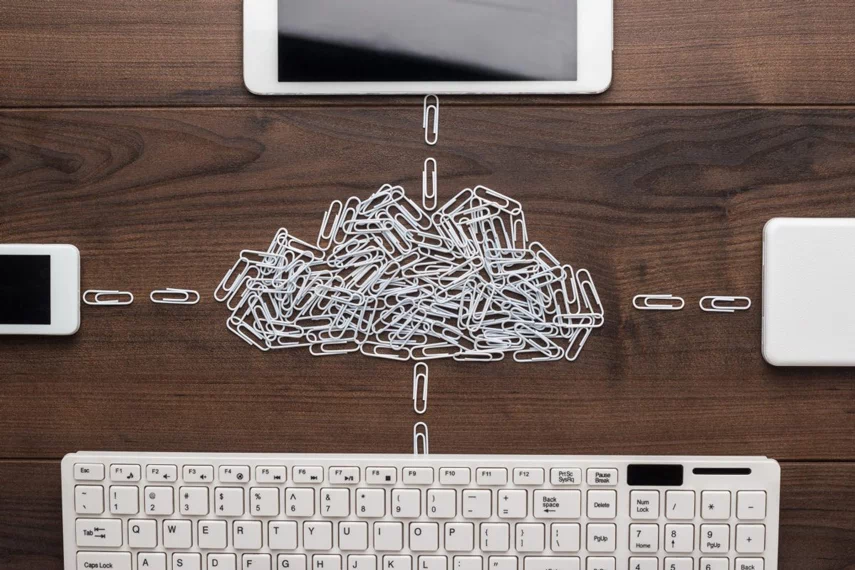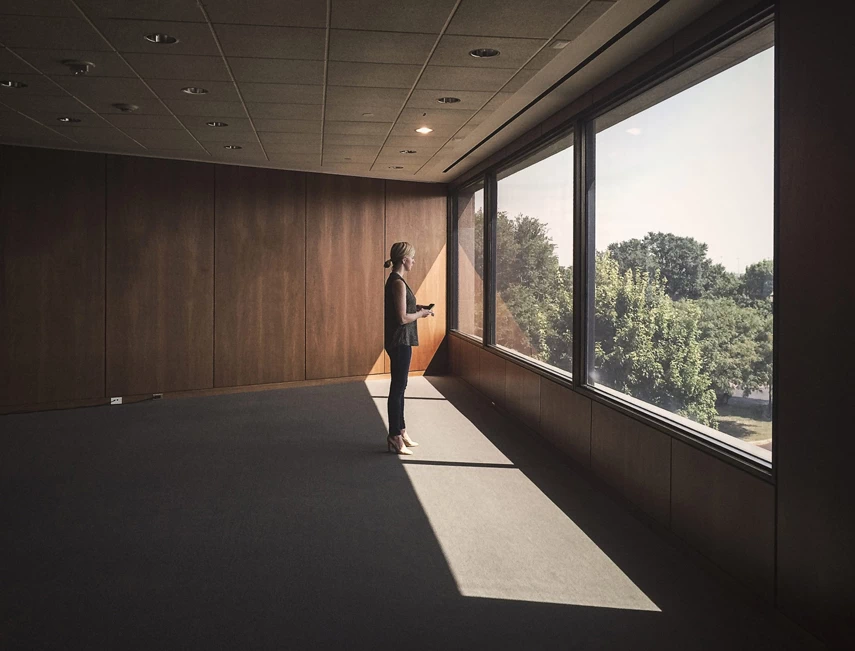For many people who have started working from home daily, maintaining work-life balance is usually a challenge. Unlike being in an office environment, there is a lack of clear boundaries marked by lunch breaks and commuting hours. It’s very tempting to stay in front of your computer to finish that one task or send that “last email” late into the evening.
Time away from the screen is usually the best way to recharge and clear your mind. And people often see technology as the culprit for encouraging over-work. But as you know, it is not the tool itself but how you use it that determines the results. When it comes to protecting your work-life balance, technology can be a great helper.
Protect your work-life balance with these 5 easy tips:
Change notification settings
Most devices and applications have notification settings that can be customised to limit unwanted interruptions.
For Apple users, the “Do Not Disturb” function allows you to choose which programs will send you notifications depending on the time of day. You probably don’t want to get buzzes from text messages while you are working, and neither would you want work email alerts to come in while you’re relaxing at the end of the day. You can also make more changes to your notifications by going to the “Notifications” under “System Settings”.
PC users can head to “Focus Assist” to adjust Notification settings. This feature allows you to control what notifications come through while you’re doing different tasks. For example, you can turn off personal email notifications while delivering a work presentation. You can also view a summary of all the new messages/updates that you missed when you finish using Focus Assist.
Set your daily agenda and stick to it
When you’re working from home it is easy to continue chipping away at your to-do list outside of work hours. That “final” task may take longer than you expected or turn into another task. Unless it’s an emergency, it can wait a few hours until the next day. This way you’ll have the time you need to recharge your mental batteries.
Using an agenda-setting app makes it easier to maintain work-life balance. You can set reminders at certain times of the day and set the priority level of each task, so you know which ones to focus on first.
Asana is an effective task management tool that integrates with Google Suite to increase your productivity. You can sync meetings and tasks from Google Calendar along with due dates so you don’t miss anything. With Asana, you can see at a glance what your daily agenda will look like in detail.
Make your availability more visible
Speaking of calendars, you can connect your Google or Outlook Calendar to team messaging platforms such as Slack and Microsoft Teams to make your availability visible to other team members. This is useful when there’s no in-person cue indicating you’re not available (i.e., you’re not at your desk).
On Slack, you can also turn on Calendar notifications about your next calendar event, whether it be a meeting or a task. These notifications are received as direct Slack messages so you don’t have to open your Calendar to check.
Increase your focus and remove distractions
While you’re working on your computer there’s often a number of distractions that can slow you down. When using your personal device for remote work, YouTube or Netflix is just one click away or you may receive an alert about the latest sale from your favourite store.
Fortunately, there is also technology designed to keep these distractions out of sight (and out of mind). For example, Zenware is a type of software that helps you focus on the task at hand by blocking out your whole screen so all you see is what you’re working on e.g., the article you’re writing or the presentation you are viewing.
Another great tech app for Mac users that improves concentration is called SelfControl. This app blocks your access to non-work related sites that you frequently visit that rob you of your productivity.
Step away from the screen
While technology can help you increase productivity, manage your time and remove distractions, only you can decide when to step away from the screen. Taking breaks and setting boundaries is essential for maintaining a healthy work-life balance.





